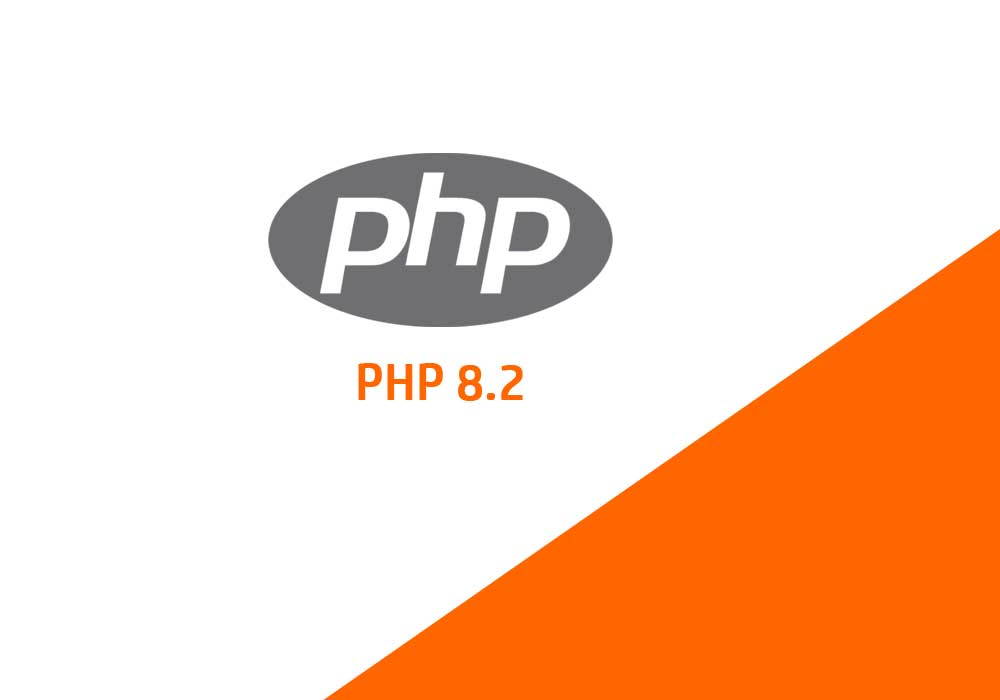Machine Learning and PHP: A Powerful Duo Transforming the Digital Landscape
In the ever-evolving landscape of technology, the convergence of machine learning and PHP has emerged as a dynamic partnership, revolutionizing the way we approach data-driven applications and intelligent systems. PHP, a versatile and widely-used server-side scripting language, seamlessly integrates with machine learning algorithms, enhancing the capabilities of web applications and fostering innovation across various industries.
The Marriage of PHP and Machine Learning:
PHP has long been a preferred choice for web development due to its simplicity, flexibility, and robust community support. However, with the advent of machine learning, developers have found new avenues to elevate PHP-powered applications. Machine learning, a branch of artificial intelligence, empowers systems to learn from data and make informed decisions without explicit programming. The synergy between PHP and machine learning opens up possibilities for creating intelligent, data-driven applications that can adapt and improve over time.
Integrating Machine Learning into PHP Applications:
One of the key advantages of using PHP in conjunction with machine learning is the ease of integration. PHP can communicate seamlessly with machine learning libraries and frameworks, allowing developers to harness the power of pre-built models and algorithms. Libraries like PHP-ML provide a bridge between PHP and machine learning, enabling developers to incorporate predictive analytics, classification, and clustering into their applications effortlessly.
Enhancing E-Commerce with Personalized Recommendations:
E-commerce platforms have witnessed a transformative impact with the infusion of machine learning into PHP-driven websites. By analyzing user behavior, preferences, and purchase history, machine learning algorithms can generate personalized product recommendations. PHP, as the backbone of many e-commerce sites, facilitates the implementation of recommendation engines that enhance user experience and drive sales.
Optimizing Content Delivery and User Experience:
Machine learning algorithms integrated into PHP applications can analyze user interactions, identify patterns, and optimize content delivery. Whether it's tailoring content recommendations on a news website or dynamically adjusting the user interface of an application, the combination of PHP and machine learning empowers developers to create adaptive and user-centric experiences.
Predictive Analytics for Business Insights:
PHP's capabilities in processing and managing data align seamlessly with machine learning's potential for predictive analytics. Businesses can leverage this synergy to gain valuable insights into customer behavior, market trends, and operational efficiency. Whether it's predicting future sales, identifying potential risks, or streamlining supply chain management, the integration of machine learning with PHP opens up avenues for data-driven decision-making.
Challenges and Opportunities:
While the integration of machine learning and PHP presents exciting possibilities, it is not without challenges. The complexity of machine learning models and the need for significant computational resources can pose hurdles for some PHP environments. However, ongoing advancements in both domains, coupled with the growing support from the developer community, are steadily overcoming these challenges.
Conclusion:
The fusion of machine learning and PHP exemplifies the adaptive nature of technology, constantly pushing boundaries and reshaping possibilities. From creating intelligent applications to unlocking insights from vast datasets, this partnership holds immense potential across diverse industries. As PHP continues to evolve and machine learning algorithms become more accessible, the collaboration between the two is set to redefine the digital landscape, offering innovative solutions that cater to the demands of an increasingly data-driven world.

